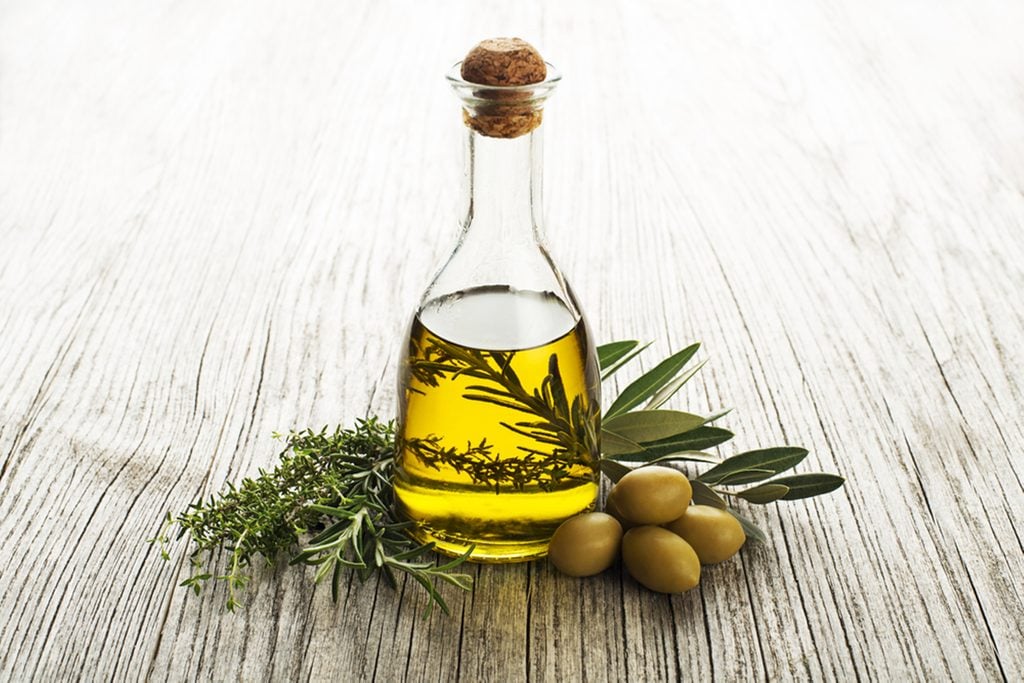How to Find Real Olive Oil (And Skip the Fake Stuff)
Updated: Jun. 14, 2023

Olive oil choices can be overwhelming with so many brands, varietals, and ever-lurking, mislabeled frauds. Use this guide to make sure you're selecting the best olive oil out there.
Do you opt for budget olive oil? Splurge on Italian? You might want to think again, no matter what kind you buy. Like honey, many olive oils aren’t all they’re touted to be. Oftentimes what’s inside the bottle is oxidized, blended with cheaper varieties, or made with sub-par olives, processing or storage. Use the following tips to help you select real olive oil every time.
1. Buy Extra-Virgin Olive Oil (EVOO)
Any non-EVOO olive oil is a blend of cold-pressed and processed oils. Since it’s difficult to know the processed oil’s type or quality, stick with EVOO for drizzling or when the oil is the star of the show.
Frying at high temperatures? Use one of these cooking oils instead.
2. Find a Specialty Retailer
If you can, buy from a specialty store as many let you taste before you buy. None nearby? Explore higher-end grocery stores or choose one of our Test Kitchen’s recommended olive oil brands.
3. Look for Dark or Opaque Containers
Sunlight and heat are any oil’s kryptonite. Buy oils in dark glass bottles or metal containers that are stocked out of direct sunlight. FYI, there may be white stuff floating in real olive oil.
4. Check for Three Important Markers
- Origin: Olive oil is best used within 18 months of its harvest date. Due to location, Californian olive oil will have a longer lifespan with you than an imported version. Limited choices? Look for Chilean or Australian oils as alternatives—both countries have very high purity standards.
- Harvester: Check for an identified harvest estate or mill. It will preclude you from choosing a less than the best olive oil.
- Seal of approval: Look for a seal from a reputable industry organization like the International Olive Council (IOC). With stringent requirements, certifications from such groups ensure you’re getting real olive oil possible.
5. Trust Your Taste Buds
Finally, learn what olive oils taste the best to you. That’s what’s most important!
